1. Superior Cleaning Ability
Our 500 GSM Microfibre Cloth:
- Made from densely woven fibres with a 500 GSM (Grams per Square Meter) rating, providing excellent dirt-trapping capability.
- Picks up dirt, dust, and oils effectively without spreading them around, ensuring a streak-free and lint-free finish.
Cheap Microfibre Cloth:
- May have fewer fibres per square inch, reducing its ability to trap dirt effectively.
- Often leaves streaks, smudges, or lint behind, especially on glass and shiny surfaces.
Benefit: Our 500 GSM microfibre cloth ensures a more thorough and professional clean without leaving residue.
2. Safer for Surfaces
Our 500 GSM Microfibre Cloth:
- Soft, non-abrasive material minimises the risk of scratches or damage to delicate interior surfaces like gloss trim, screens, or leather.
- Maintains its softness and texture even after multiple washes.
Cheap Microfibre Cloth:
- Rougher texture and lower fibre density can cause micro-scratches, especially on sensitive surfaces.
- May degrade quickly, becoming harsher with use.
Benefit: Our 500 GSM microfibre cloth protects delicate surfaces and prolongs the life of your car’s interior components.
3. Better Absorption
Our 500 GSM Microfibre Cloth:
- Absorbs and holds more liquid, making it ideal for wiping up spills, applying cleaners, or removing excess product (e.g., leather conditioner or dashboard protectant).
- Ensures even distribution of cleaning products without oversaturating the surface.
Cheap Microfibre Cloth:
- Limited absorbency leads to streaks, uneven application, and a less polished finish.
- Struggles to hold enough product or water for efficient cleaning.
Benefit: Our 500 GSM microfibre cloth delivers better performance in applying and removing products.
4. Durability and Longevity
Our 500 GSM Microfibre Cloth:
- Designed to withstand frequent washing and reuse without losing performance.
- Resists fraying, tearing, or clumping of fibres.
Cheap Microfibre Cloth:
- Prone to wear and tear, with fibres breaking down or becoming ineffective after a few uses or washes.
- Loses softness and cleaning ability quickly.
Benefit: Our 500 GSM microfibre cloth is a cost-effective investment due to its long-lasting performance.
5. Versatility
Our 500 GSM Microfibre Cloth:
- Suitable for various interior detailing tasks, such as cleaning dashboards, screens, windows, and upholstery, without leaving lint or residue.
- Can be used dry for dusting or wet with cleaning products, adapting to different needs.
Cheap Microfibre Cloth:
- Limited in effectiveness across different surfaces and tasks, often requiring multiple cloths to achieve the same results.
Benefit: Our 500 GSM microfibre cloth can handle multiple interior detailing tasks efficiently.
6. Better for Glass and Screens
Our 500 GSM Microfibre Cloth:
- Non-linting and streak-free performance makes it ideal for cleaning glass, navigation screens, and glossy trim.
- Can polish surfaces to a crystal-clear finish without requiring excessive effort.
Cheap Microfibre Cloth:
- Leaves lint, streaks, or smears on glass and screens, requiring additional cleaning passes.
Benefit: Our 500 GSM microfibre cloth simplifies cleaning glass and electronics for a pristine finish.
7. Reduced Risk of Cross-Contamination
Our 500 GSM Microfibre Cloth:
- Traps dirt, grease, and grime effectively in its fibres, reducing the risk of spreading contaminants to other areas.
Cheap Microfibre Cloth:
- Dirt and grime often remain on the surface of the cloth, leading to reapplication onto other areas.
Benefit: Our 500 GSM microfibre cloth promotes more hygienic and effective cleaning.
8. Eco-Friendliness
Our 500 GSM Microfibre Cloth:
- Lasts longer and can be washed and reused multiple times, reducing waste.
Cheap Microfibre Cloth:
- Wears out quickly, leading to more frequent replacements and higher environmental impact.
Benefit: Our 500 GSM microfibre cloth is more sustainable in the long run.
Conclusion
Our 500 GSM microfibre cloth is essential for interior detailing due to its superior cleaning ability, surface safety, durability, and versatility. While cheap microfibre cloths may save money initially, they often compromise on results and can even cause damage to delicate surfaces, leading to additional costs for replacements or repairs. Investing in our 500 GSM microfibre cloth ensures a professional-grade clean, protects your car’s interior, and provides better value over time.


